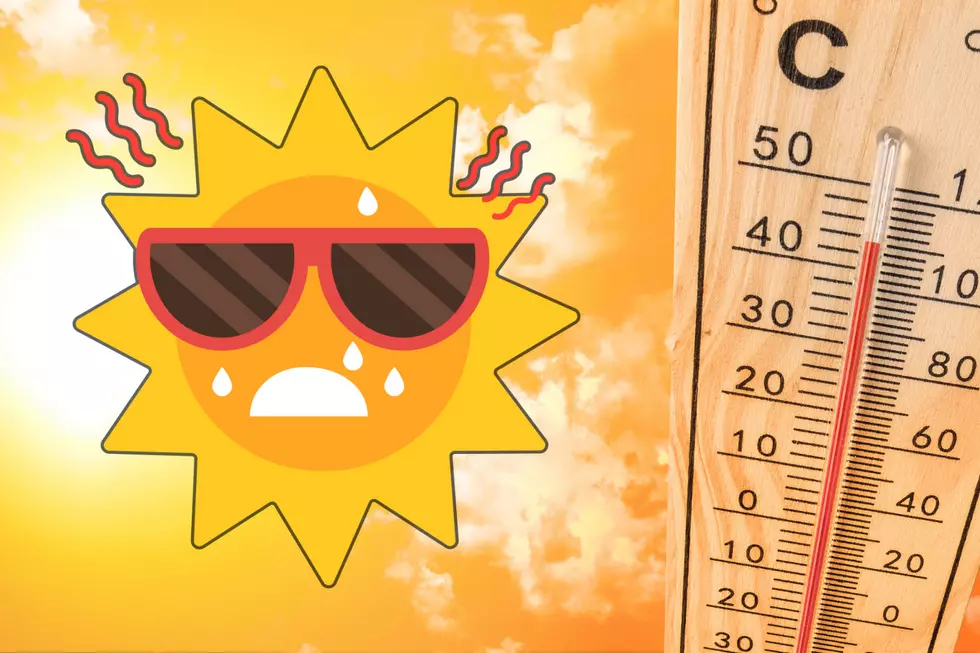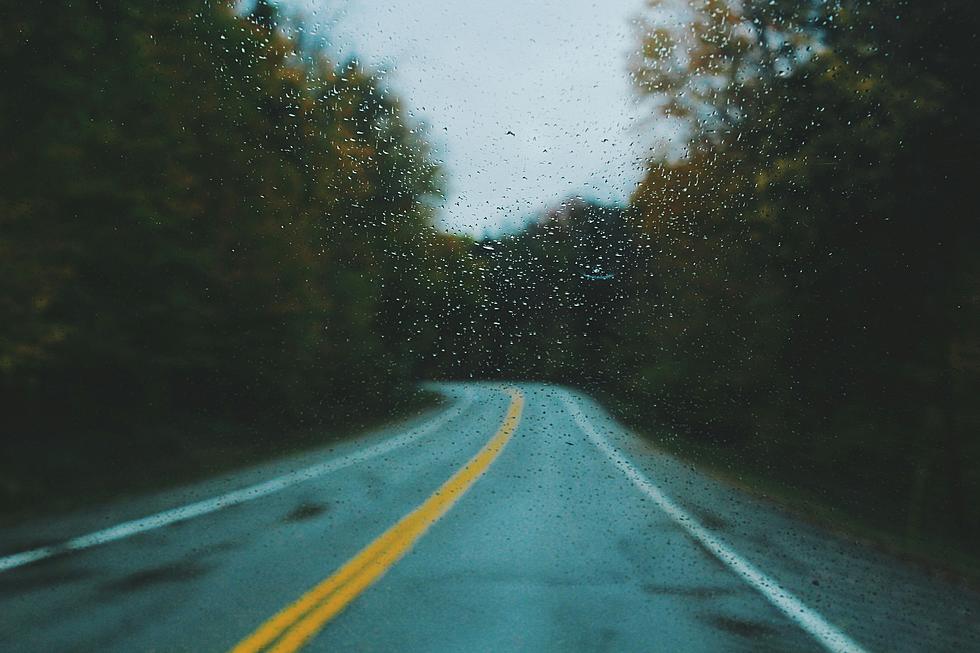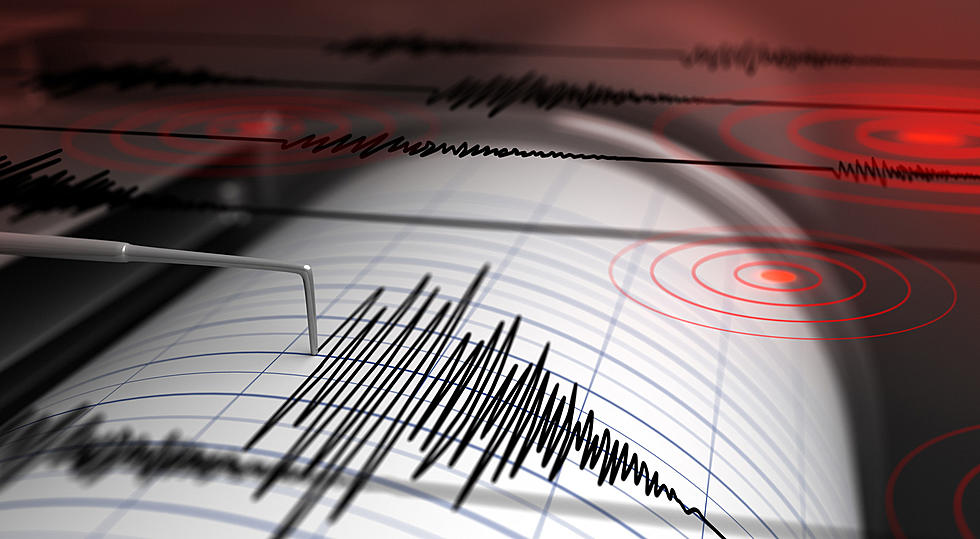
Idaho Spring Weather Forecast Are Sunny Skies Here To Stay?
Whether you agree with the folks about global warming or climate change, Idahoans have seen every weather condition during our extended winter season. By this time of the year, most Idahoans have put away their skiing gear and are anxious to hit the links or take to a hiking or biking trail.
Last week was another roller-coaster week of weather for the Gem State as all felt snow, sunshine, rain, hail, and freezing temperatures. It's officially the second week of April, and we're all wondering has winter weather finally left us.
The extended snowy winter has blessed Idaho in a few ways. The state's ski resorts have extended their seasons well past the time of year when they historically close. Boise's Bogus Basin announced that it will remain open until the first week of May.
Folks that love to work on their lawns will enjoy the benefits of a wet winter because, for the first time in years, we mean years! The state's world-class irrigation system will have plenty of reserves from the excessive winter snowpack. Some Idaho towns had to cut short their irrigation systems last year due to water shortages.
Finally, our farmers will not have to worry about not having enough water for their crops. Idaho is one of the country's most important agricultural states. In years past, farmers did not have enough water to water their crops. Idaho's famous potato crop suffered, causing the folks in Maine to supplement their potatoes because Idaho's supply was insufficient.
Let's get to it. Are we finally ready to remove the coats, hats, and other winter gear? Let's see what are friends at the National Weather Service have to say:
KEEP READING: Get answers to 51 of the most frequently asked weather questions...
LOOK: The most expensive weather and climate disasters in recent decades
Idaho Newcomers: Did You Happen to Know This About Our Weather?
More From Idaho’s Talk Station








